|
Author: Jordan Finger Just like "Video Killed The Radio Star" ushered in the MTV era in the early 80's, video is "killing it" on Facebook, Instagram and SnapChat. With the major social media platforms vying for the attention of their core audience of millennials, video is the current killer content application that every digital marketer and brand must use to stay relevant in today's every competitive and evolving marketplace.
In the not so distant past of 2015, if you were a brand buying social ads with visual content your only real options were well produced professional photography or user generated content photos usually shot on their Iphone. With the right photo and a compelling offer, a brand marketer was able to get clicks on their Facebook ads at a Cost Per Click (CPC) low enough to allow them to back into their effective Cost Per Acquisition (CPA) to achieve their acquisition goals. But with Facebook click costs increasing by double-digits in 2015 and with Facebook's implementation of the ad relevancy score, it is not enough to just have a pretty picture for a brand marketers Facebook ads or content. To get the audience reach and engagement on Facebook in 2016, the brand marketer must create a video content marketing strategy. Here is 5 reasons why video content is "killing it" on Facebook: 1) To stay relevant and competitive, Facebook is favoring video content over non-video content. In 2016, I have seen on average 15-25% organic growth (free exposure) on Facebook engagement with video content versus less then 1% with non-video content. For paid ads, Facebook is rewarding video ads with a higher relevancy score which means Facebook will allow the marketer to reach a larger percentage of the audience they are targeting as well as rewarding the marketer with a lower CPC. 2) The other cool benefit of video content is the chance for the video to go viral on Facebook, reaching millions overnight without spending any money. That is a hug win for digital marketers that are very ROI driven and are always looking for opportunities to blend down their CPA. This allows a brand to reach an audience much larger then their typical core followers helping increase the brand awareness and garnering a new audience to speak to again with future video content on Facebook. 3) With a short 15 second video it gives a marketer the opportunity to better explain their brand story. on Facebook a video will auto-play which means not 100% of the audience truly clicked to engage with the video. However, by creating short 15 second videos, the marketer has ample time to communicate a full brand message that evokes an emotion and connection with the audience. Thus, giving the marketer a new way to expand their potential customer reach and engagement. 4) With the the growing demand for video on Facebook, brands have an opportunity to curate video content from channel partners. If you are working with a limited budget, reaching out to video content channels and asking for permission and giving the channel provider social credit for the content you post on your Facebook page is a win-win for both the marketer and the video content provider. If you do have the budget to create original video content, then you can reach out to other video content channels to ask for them to publish your content on their channels which will introduce your brand to a highly engaged new audience. 5) 65% of Facebook video views occur on mobile devices (DMR Stats) and only growing. With smartphones being ubiquitous in our everyday lives, it only makes sense that more and more of us are consuming our content on mobile devices. Video content for Facebook mobile allows you to reach your potential audience any time of the day or night. We wake up to the alarm on our smartphones, read our emails and check our Facebook or other social media apps before we even get out of bed. Before turning in for the night who can't resist doing one last check of what their friends did that day through their social media feeds. Grab the attention of your audience when they are consuming their daily content and make a big brand impact with video. Now that you know the importance of video for your brand and marketing on social media, go create your own video content so you to can "Kill It" on Facebook video. Facebook Power Editor Tutorial 2016 - 5 Easy Steps To Launch A Facebook Marketing Campaign3/11/2016 Author: Jordan Finger Step 1: Download Facebook Power EditorTo build a Facebook marketing campaign in the Facebook Power Editor tool, you need to first log into your Facebook Ads Manager account and then click on Power Editor and download Facebook Power Editor for your Facebook Ads Manager account. Step 2: Create A CampaignOnce you have downloaded Facebook Power Editor, click on Manage Ads and then click + Create Campaign. A pop-up window, as follows, will give you the option to set the campaign parameters to define the goal you want to achieve with your campaign. In the example, I am setting the campaign goal to optimize for website conversions and set Buying Type to Auction which means you will be bidding on Facebook ads in the Facebook real-time auction to win impressions and increase ad reach to your target audience. Give your campaign a name and click Create at the bottom right of the pop up. Creating a Facebook Campaign is now completed. Step 3: Create An Ad SetOnce you have created your Facebook campaign, you will next select Create Ad Set from the same drop down menu as indicated above. You will receive a pop up window as seen below. You will choose the campaign that you just created and then in the section that says, Choose An Ad Set, select Create New and put in the name for your new Ad Set. The Ad Set will be how you define the audience that will want to target. Within a campaign, you will create multiple Ad Set's to test how different audience respond to your advertisement. It is recommended to use a naming convention that is relevant to the audience you are creating. My best practice, is I use a series of initials that I then also use in the Ad Content of my unique utm that I create for the ad campaign. EXAMPLE: D-PR-NY-LAL - In this example, I use "D" to indicate that I will be targeting an audience on Facebook desktop. "PR" is for prospecting a new audience versus I would use "RT" if I was running a re-targeting audience campaign. "NY" is targeting New York for this ad set. "LAL" is a look-a-like-audience that I may have built based on my best customers. Once you have created the Ad Set, the fun part of defining your target audience begins. Optimize For a Conversion: This is where you define the event that you want to optimize your campaign for. In the example provided below, I will be optimizing to "Complete Registration" which is for a top of funnel email registration. By testing this event you are indicating to the Facebook algorithm what event you want for them to help you reach the audience most likely to complete this event on your ad campaign. Budget: This is where you set the ad spend you want to use for this given Ad Set. You have the option to do a Daily Budget or a Lifetime Budget. In my example, I am using a Daily Budget which means the most I am willing to spend per day for this Ad Set. Schedule: You have the option to let the Ad Set run indefinitely or set a given ad schedule as to when you want your ads to run against this Ad Set. Since I am usually running e-commerce campaigns with the goal of acquisitions everyday, I do not put an end date on my ad schedule. Next you will define the actual audience you want to target. Ill provide the highlights of how to create the audience and will go into much more detail in a future post. Custom Audience: To keep this simple, a Custom Audience is based on an audience you have created either based on your website traffic and/or a file that you have uploaded into Facebook. For this example, let's assume you have uploaded your best customer file and built a look-a-like audience that you want to target for a new customer prospecting campaign. You will to the Choose a Custom Audience field and find the look-a-like audience that you created that you want to target. Location: Let's assume you are promoting your product which can be shipped to everyone in the United States. You would select Everyone That Lives In This Location in the Location drop down menu and leave United States. If you are running a geo-target campaign you would simple remove United States and put in the location that you wish to target. Age/Gender: Option to select an age and gender segment for the audience you want to reach based on your ideally customer profile. Delivered Targeting: This is one of the most powerful targeting features that Facebook offers. This will allow you to set targeting criteria by interests, buying habits, education, income, marital status, generation, brands, etc. Connections: You can target your ads to users that have already become fans of your Facebook page. A few final audience targeting options to best optimize your campaign and set the ad spend pacing. Optimization for Ad Delivery: Previously we defined the criteria for Optimized for a Conversion based on the event that we want to optimize our campaign for. With the Optimization for Ad Delivery you have the ability to now set the price that you are willing to pay for this event to occur. You can set the Bid Amount to Automatic which means Facebook will make an algorithmic decision to get you the most results for what they deem is the best price for this event to occur. This can be very effective in allowing your campaign to win auction bidding to get ad reach to your prospective audience but also the CPA may come in higher then what you may be willing to pay for the conversion event. The other option is to select Manual Bid Amount. Here you can set the maximum dollar amount you are willing to pay for the conversion event to occur. This is a better way to control your CPA from your Facebook ad campaigns. The downside is that you may set a Bid Amount that is to low for you to win bids in the auction and it may limit your ad to reach your prospective audience. Advanced Delivery: This is the pace that you tell Facebook to spend the allocated ad budget for this given audience Ad Set. Let's say that you have set your campaign to run on a daily budget and you set the Advanced Delivery to Standard. Facebook will then allocate the given ad budget over a 24 hour period. The other option is to set the Delivery Type to Accelerated which tells Facebook to spend the ad budget as quickly as possible. Step 4: Create An AdOnce you have defined and create your audience segment by building the Facebook Ad Set, it is now time to create the actual ad that you want to run to this audience segment. Here are the basic steps for creating a Facebook Ad. Destination: You will select your Facebook Page that you will want to associate with your ad. You also have the option to now run your ads through Facebook Power Editor to show on Instagram. If you have an Instagram Account you will select it now as well. Create Ad: When creating an ad you have a few options. The most common is to create an Image Ad. This will be a static photo. A variation on the Image Ad is what Facebook calls a Carousel Ad which is the option to create an Image Ad with multiple photos. Facebook has published several case studies stating that Carousel Ads get higher engagement versus the traditional single Image Ad. A fast growing creative option is a Video Ad. To use video is not as simple as uploading an image due to the production and costs involved. However, videos are highly engaged and therefore, Facebook gives video a larger share of reach to your prospective audience. Select Image: Once you have decided on Image versus Video, you simply click the Select Image button to upload your image or video in compliance with the Facebook image specifications and requirements. Destination: Is what websites or landing page you want to send your ad traffic to. This URL will not be seen by the user, therefore, you can upload a unique UTM that will allow you to include your tracking parameters to the URL. Canvas is a new type of ad that Facebook is powering for mobile. Display URL: Is the URL that will be shown at the bottom left of your ad and will be visible to the user. Text: Is the ad copy that will go above the image. Headline: This is the most important copy on the ad. It is the BOLD copy that will go below the image that will draw the most attention from the viewer. News Feed Link Description: This is the non bold descriptive copy that will go below the Headline copy. Call To Action: Is a button option that Facebook allows you to add to your ad. It has various present Call To Action language on the button for you to select from. Tracking: You have the option to add your tracking parameters in the URL Tags if you did not create a unique UTM in the destination UTM. I do not use this feature since I create a unique UTM in the destination URL. However, Conversion Tracking is extremely important. This is where you make sure that your ad will track the conversion events that happen once a users clicks on your ad and comes to your site. Step 5: Launch Your Facebook Marketing CampaignOnce you have completed these steps you can now make your Facebook campaign live, Congratulations! To Recap the steps: 1) Download Power Editor 2) Create Your Campaign 3) Create Your Ad Set 4) Create Your Ad 5) Launch Your Campaign
Author: Jordan Finger I spoke with Facebook and here are 3 marketing tips on how to drive the most traffic and new customers from your Facebook campaign for 2016:
1) Build A Facebook Look-A-Like Audience: This is not a new Facebook marketing tip if you have been actively advertising on Facebook,however, in the past it required at least of at least 10,000 let's say of your best customers to upload into your Facebook ad manager account for the Facebook algorithm to properly build a relevant, significant look-a-like audience. However, now you only need your top 3,000 customers. Facebook has worked hard to optimize their algorithm to be able to do a better job of matching your customer database with their data points on their user profiles. 2) Set Up The Facebook Universal Tracking Pixel: It is required in 2016 to switch over your Facebook pixel from the old Facebook conversion tracking pixel to the current Facebook Universal Pixel. With the new Facebook Universal Pixel you are now able to better tracking event that happen along your conversions funnel. Besides this being a great way to learn how your conversion funnel is performing, you are now able to more effectively create a re-targeting Facebook marketing campaign. For instance, if you are an e-commerce company with the goal of drive new customers from your Facebook marketing campaigns, the Facebook Universal Pixel will show you the drop off at each step of the acquisition funnel. You may see that you have a high drop off at the final checkout page. Now when you build your Facebook re-targeting campaign, you can specify that you want to re-target only users that reached your final checkout page. In essences, with Facebook re-targeting you can create a cart abandonment marketing campaign which will yield yield a higher conversion rate to acquisition at a lower Cost Per Acquisition. 3) Video Content Marketing Rules: In the ever hyper competitive world to be the dominant player in social media, Facebook has put an all out assault on YouTube to win with video content. The days of posting an image and a witty headline to garner organic reach on Facebook are over. To get any significant organic reach on Facebook you most be leveraging video for your content and ads. Yes, video production can be difficult, complicated and expensive but here are a few simple Facebook video hacks to get you started. Video curation is an easy, cost effective way to get started with video content on Facebook. Look for the leaders in video content on Facebook with your market and simply repost their content on your Facebook feed. This will allow you to get video content in front of your Facebook audience as well as give you additional organic reach to your Facebook news content. Do some research and find video bloggers that are already creating great video content that will be interesting for your Facebook fans. Let them know you want to publish their content on your Facebook newsfeed and of course be sure to give them credit and a link back to their blog or website. Lastly, if you have a marketing budget to invest, you can ask video bloggers to do a product review of your product that they will do as video content which you will then be able to publish on your Facebook newsfeed. These are just a few of the many different ways to best use video content to get more reach and engagement on Facebook for your brand. |
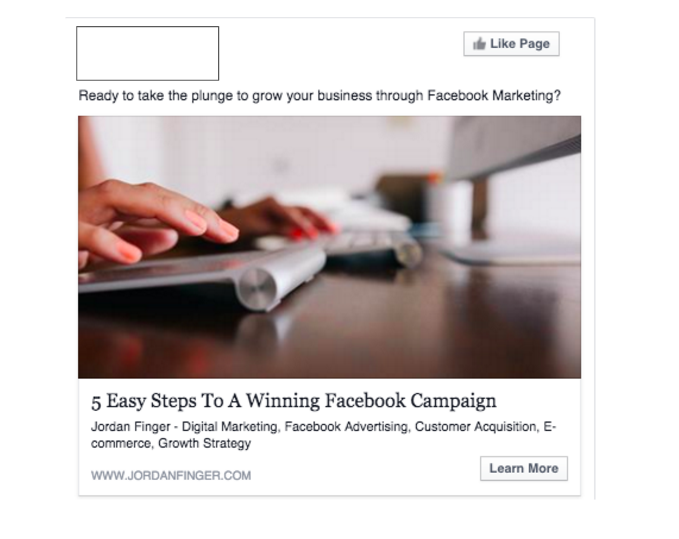


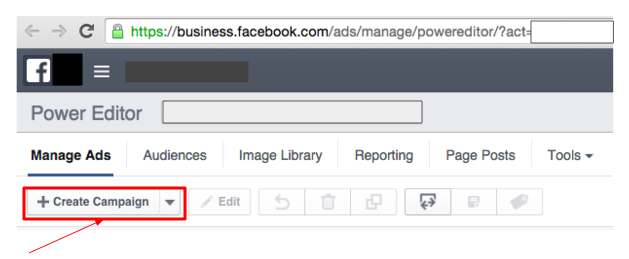
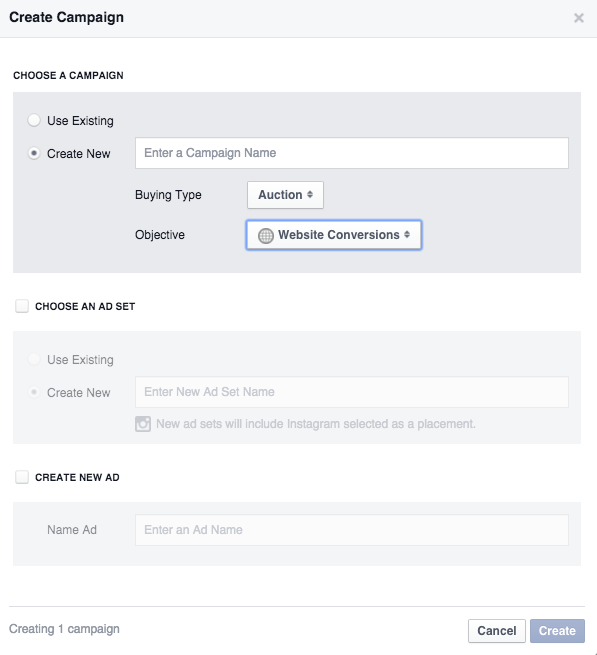

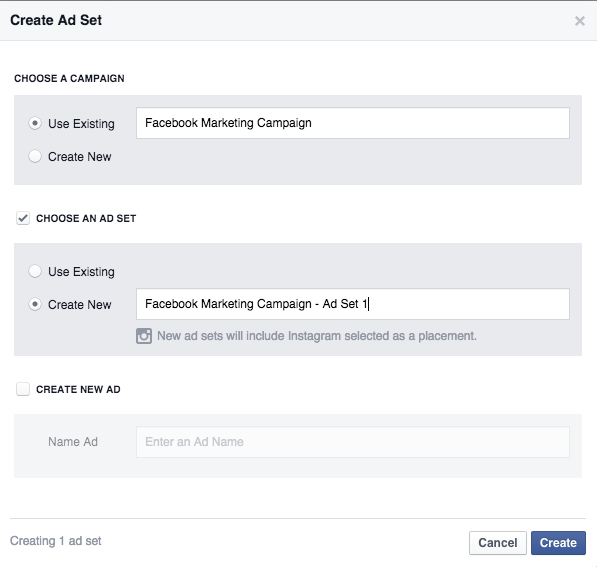
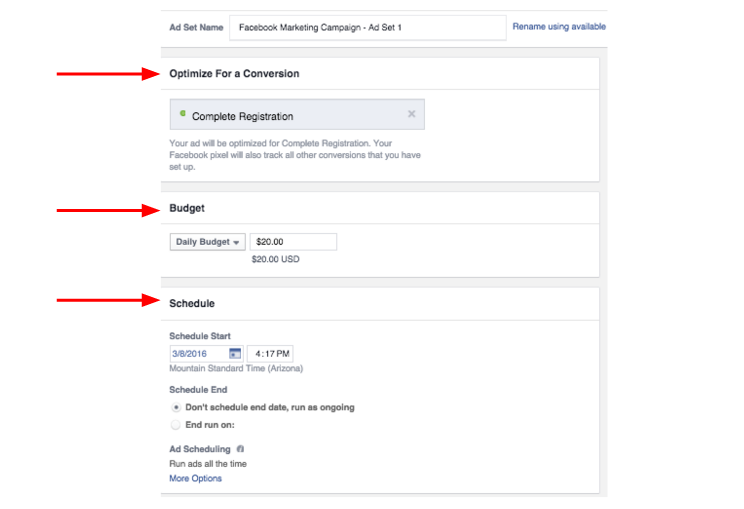
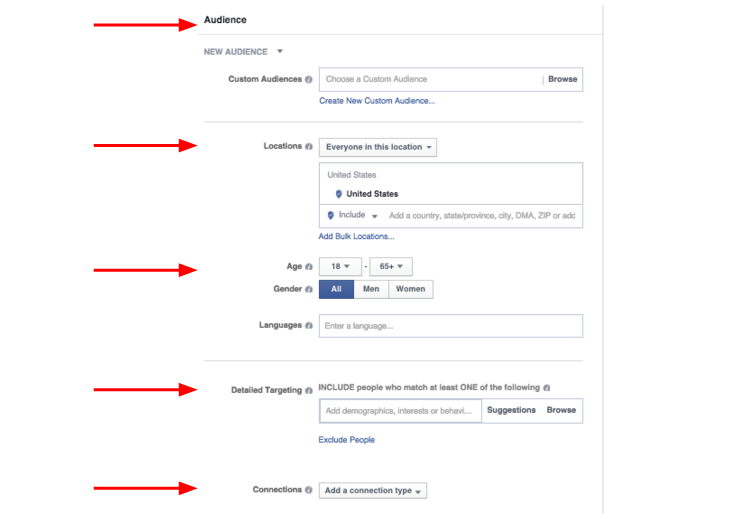
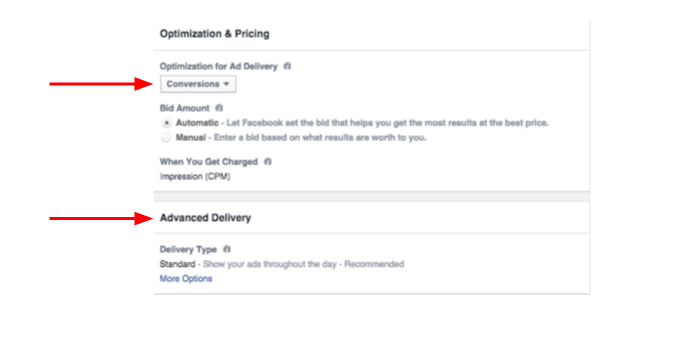
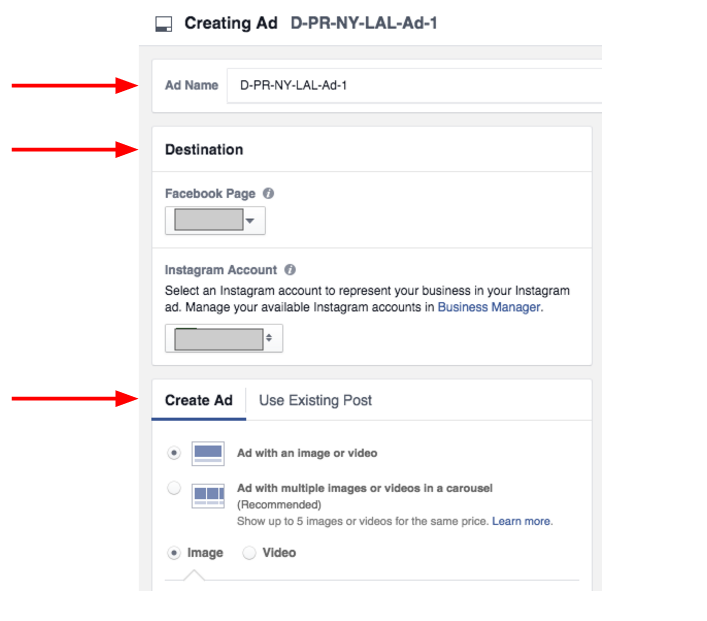
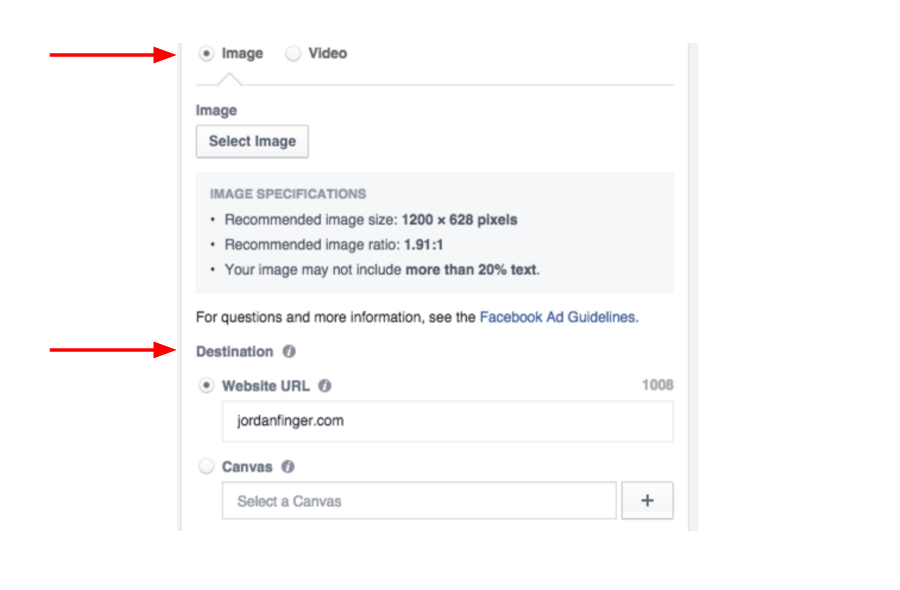
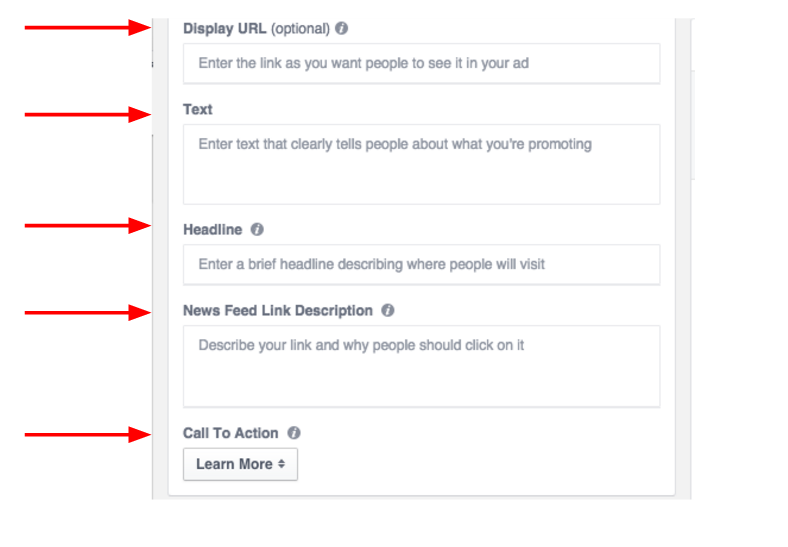
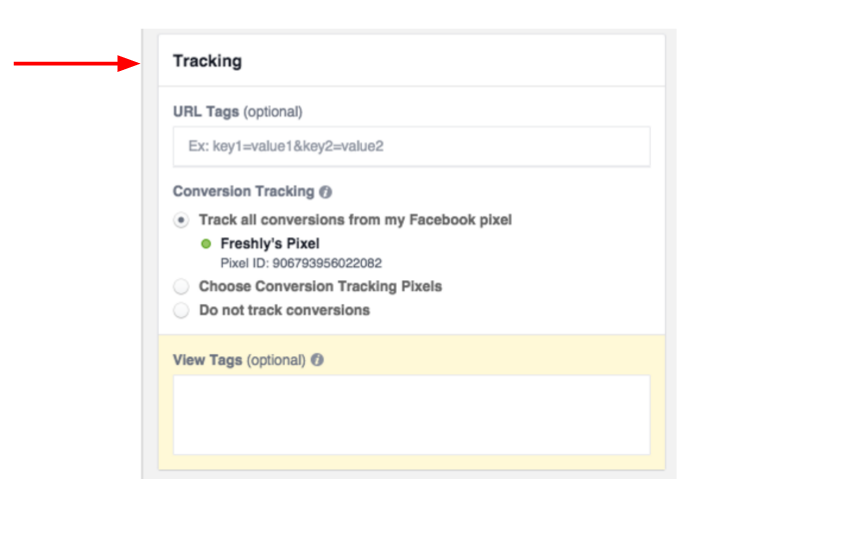
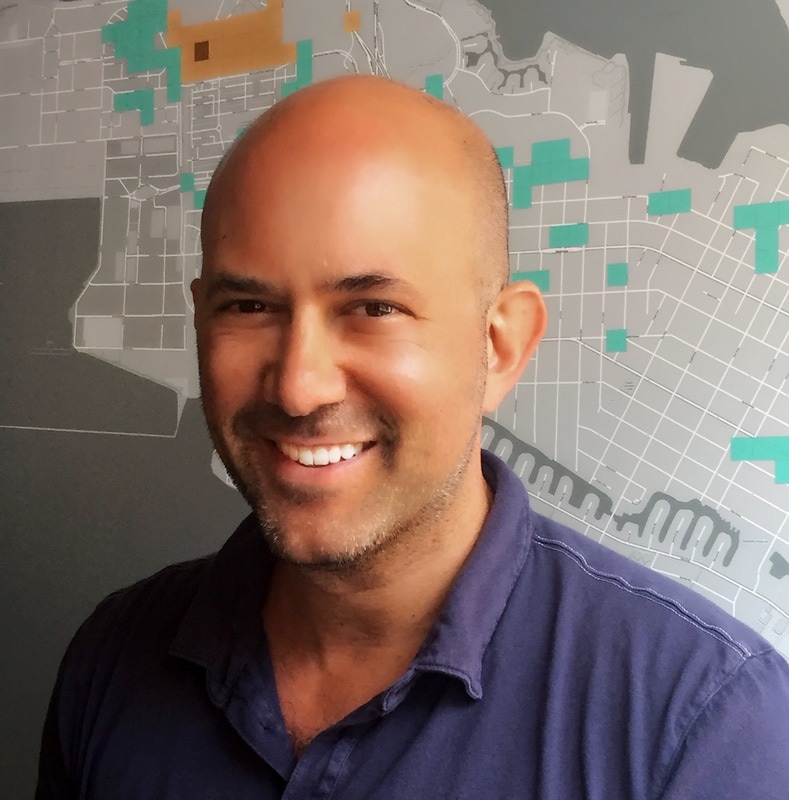
 RSS Feed
RSS Feed
